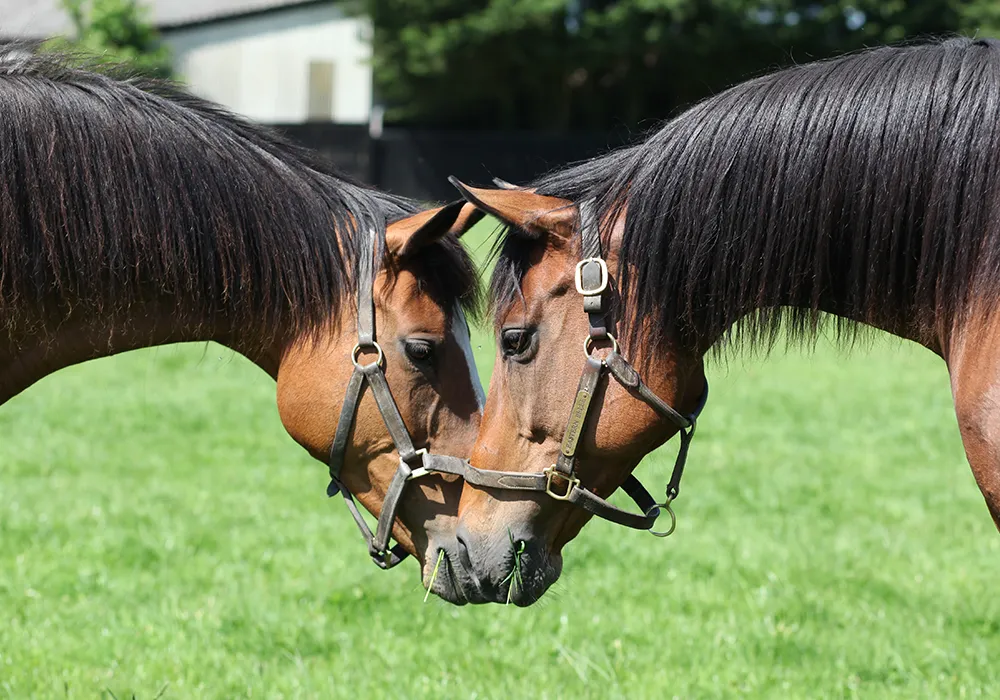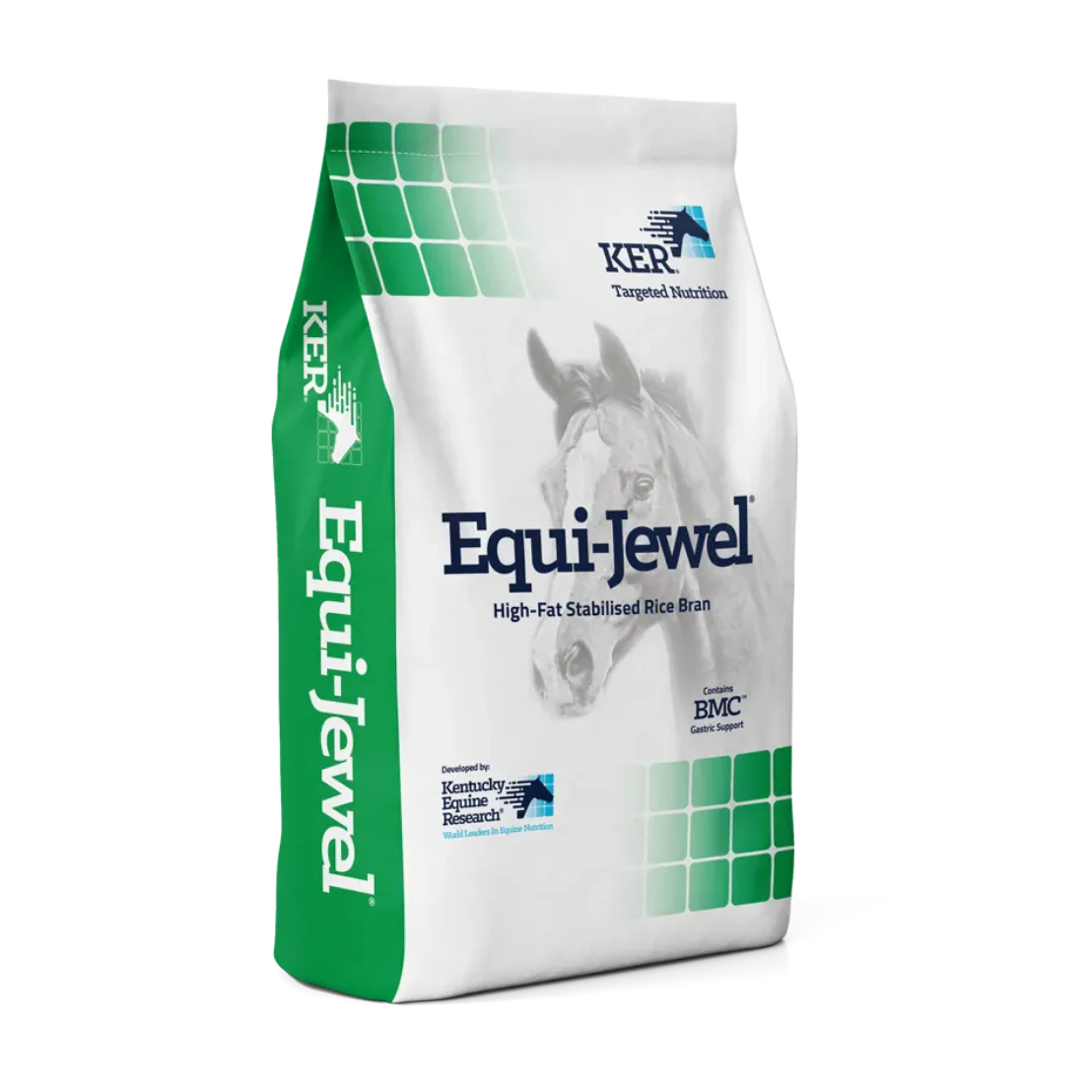Feeding for Breeding: Nutritional Strategies for Mares and Broodmares

Broodmare Nutrition is Key to a Healthy Mare and Foal
Nutrition plays a vital role in fertility, pregnancy, lactation, and foal development. By meeting the specific dietary needs of mares at each stage of the breeding cycle, you can support reproductive health, healthy foal growth, and long-term success in breeding programmes.
Feeding the Broodmare: Nutrition Across Trimesters
The nutritional needs of a broodmare will change significantly and proper management during the 4 four phases (conception, early pregnancy, the last trimester and lactation) supports foetal development, milk production, and the mare’s long-term health. Below is a breakdown of the 4 phases and what needs to be considered when feeding mares and broodmares.
Preparing for Conception with the Correct Diet for Breeding Mares
Feeding for conception is extremely important to help increase the chance of conception as well as reduce the risk of complications. A mare fertility diet will therefore benefit from the following:
- Body fat score. (Bfs): Mares with a BFS below 5 (on the 9-point scale), must increase energy intake. This supports reproductive health and increases their ability to conceive. For mares with a BFS of 5 or above, it’s important to avoid excess energy and subsequent excess weight. Broodmares should ideally be maintained at a BFS of 5-6. Any higher and you increase the chance of complications.
- OMEGA-3 FATTY ACIDS: Omega-3s support fertility by aiding hormone production essential to reproductive health.
- VITAMIN E: This powerful antioxidant helps protect cells from oxidative stress, which can be particularly beneficial for reproductive tissues enhancing fertility and conception rates.
- PROTEIN QUALITY: High-quality protein, specifically amino acids, Lysine and methionine, supports healthy follicle growth and earlier ovulation.
Our Advice: Look for soya, and alfalfa (lucerne) on feed labels to find quality protein in your horse feed.
Ensuring Optimum Health During Early Pregnancy with Excellent Broodmare Nutrition
During the first seven months of pregnancy, a mare’s energy (calorie) requirements do not increase significantly due to the foetus undergoing minimal growth. This means nutritional needs remain close to maintenance levels However, providing a high-quality, balanced diet is always recommended as this will support successful placental development and prepares the mare for the energy demands of late pregnancy and lactation.
- FORGAE: Forage should form the basis of the broodmare’s diet, with high-quality pasture or hay/haylage being supplied at a minimum intake of 1.5-2% of the mare’s body weight per day.
- PROTEIN: Broodmares require 10-12% minimum quality protein, to provide essential amino acids, to support the growth of the placenta and amniotic tissues surrounding the foetus.
- BODY FAT SCORE (BFS): While there is often no need to ‘feed for two’ during early pregnancy, it’s important to continue with regular body fat scoring to avoid weight loss as well as unnecessary weight gain. Keep mares during this time within the ideal range of 5-6.
Our Advice: Regularly body fat scoring your mare will help you decide whether adjustments need to be made prior to late pregnancy/lactation. Gravity can cause the skin and condition to be pulled tighter over the back and upper ribs; this is perfectly normal. It’s important to familiarise yourself with areas of fat deposition.
Optimum Foal Development Nutrition in the Last Trimester
From the 7th month onwards, approximately 60-65% of foetal growth occurs, increasing energy needs by up to 30%. This is when we recommend introducing a ‘specific’ stud diet, giving additional trace minerals such as copper and zinc, vital for building liver stores in the foal.
- PROTEIN: Requirements rise to 12-14% crude protein, with the emphasis being on quality sources.
- ENERGY: A gradual increase in concentrate feed can help support rising energy demands. Be aware not to increase calorie (energy) excessively to avoid any excessive weight gain.
- OMEGA-3 FATTY ACIDS (EFAs): Research has found that mares supplemented with Omega 3 fatty acids produced richer colostrum, which in turn could assist with providing young foals with a more established immune system.
- VITMAIN E: Additional vitamin E at a rate of 2500iu per day during the last four weeks of pregnancy could increase levels of the key immunoglobulins of the mare’s milk, supporting antibody transfer through colostrum in the first three days after birth, as well as increasing her serum levels of vitamin E.
- MINERALS: Balanced calcium-to-phosphorus ratios, (ideally 2:1) as well as adequate copper, zinc and manganese stores are essential for foetal skeletal development.
- DIGESTIBILITY: During the latter stages of pregnancy, it’s common to see a reduction in appetite. A reduction of 10-30% is normal. Typically, appetite ranges from 2-3% of bodyweight, so for a 500kg mare we would expect her to eat 10-15kg per day. When appetite is restricted, this could lower to 7-11kg per day. Along with appetite, food retention in the digestive system can decrease by 30%. Soaked sugar beet pulp and alfalfa provide easily digestible fibre, very useful when appetite declines.
The Best Lactating Mare Nutrition
The first three months of lactation can create the highest nutritional demands. Milk production can exceed 3% of the mare’s body weight per day, which means:
- ENERGY: Digestible energy requirements rise by 50-70%.
- PROTEIN: The diet should contain at least 14-16% crude protein to sustain milk quality and foal growth. Milk is 20-25% protein, and mares can produce up to 2-4% of their body weight in milk each day (approximately 20 litres for a 500kg horse). Providing quality protein and meeting energy requirements is essential. One study found protein restriction during lactation led to reduced foal growth rates after 90 days when compared to those that did not have any restriction. The quality protein also had an impact on lactation and foal growth rates.
- CALCIUM & PHOSPHOROUS: Demands of Calcium and Phosphorous requirements increase by 64% and 46% respectively. Increased intake of a fully fortified stud feed or balancer will typically meet requirements.
- WATER: Lactating mares require up to 75 litres of water per day to support milk production. Soaked mashes and added salt can help to stimulate the natural thirst response and support optimum hydration status, especially during warmer weather
Feeding Mares for Breeding with Saracen Horse Feeds
Feeding mares for breeding requires careful consideration of each horse’s stage in the reproductive cycle. Well-balanced equine breeding nutrition that meets the unique needs of broodmares ensures optimal fertility, healthy foal development, and overall breeding success. Incorporating scientifically supported feeding strategies helps maximise reproductive efficiency while promoting long-term equine health but it isn’t just the mare that has specific nutritional needs. Take a look at our guides to feeding the foal (link) and feeding the stallion (link) for an all-round perspective when it comes to feeding for breeding.
Contact Saracen’s Horse Feeds for the Best in Broodmare Nutrition
Looking for trusted nutritional advice for your broodmares, foals, or stallions? Our team is here to help you give your breeding programme the best possible start.
Need Guidance?
If you would like any further information on feeding your horse or pony please feel free to contact our nutritional team on +44 (0)1622 718 487, email info@saracenhorsefeeds.co.uk or fill out our Feed Advice Form.





